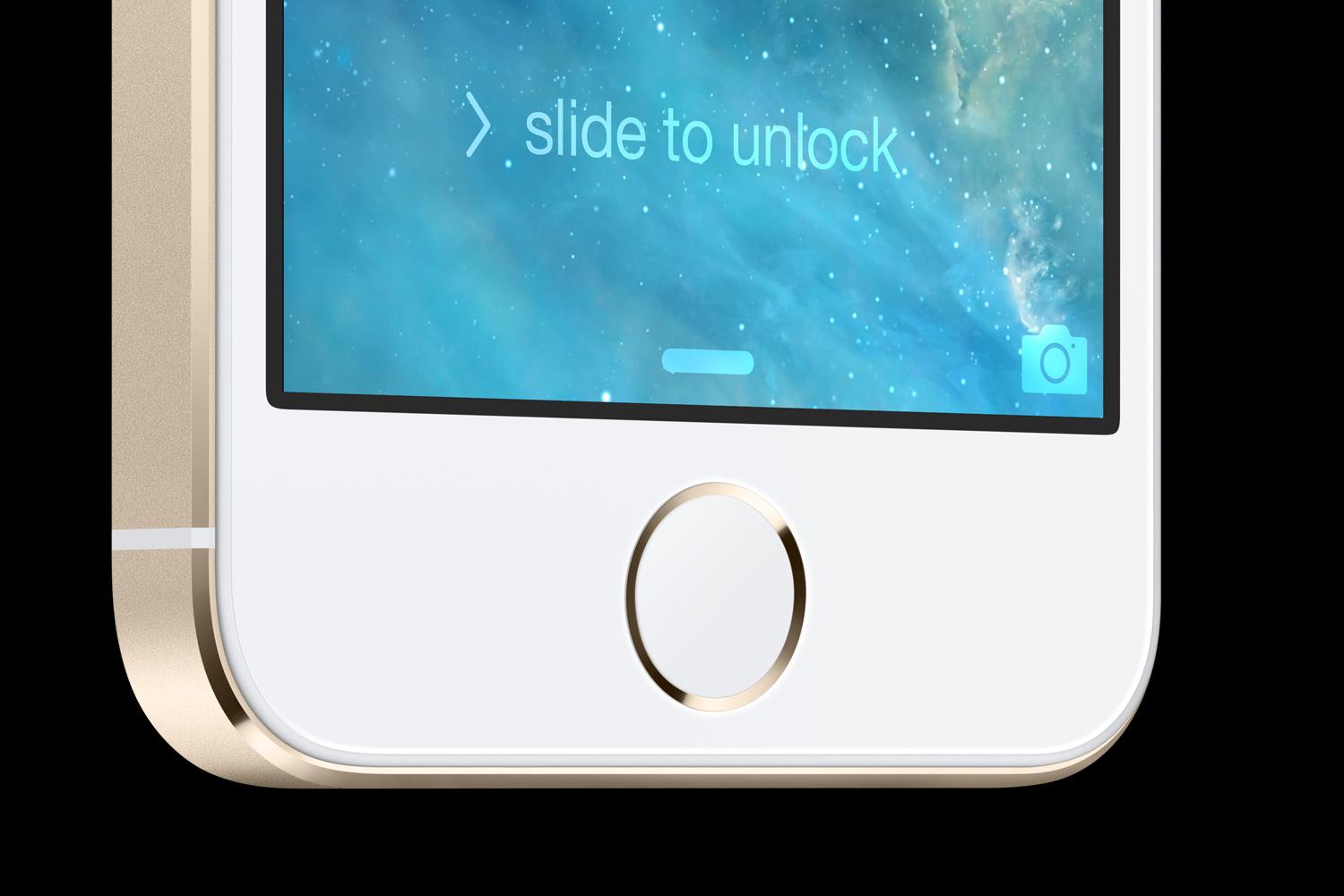The iPhone 5C, stylized iPhone 5c, is a touchscreen-based smartphone developed by Apple Inc. It is one of two successors to the iPhone 5, along with its higher-end counterpart, the iPhone 5S. Apple held an event to formally introduce the iPhone 5C and 5S on September 10, 2013, and is currently taking pre-orders for the 5C on carrier sites. Therefore discontinuing sales on the previous iPhone 5.
The iPhone 5C runs on the latest iteration of the iOS operating system, iOS 7, which was announced at the company's Apple Worldwide Developers Conference (WWDC) 2013.[1]
The 5C uses much of the same hardware as the iPhone 5, lacking new features from the 5S: it uses the previous A6 chip from the iPhone 5 instead of the A7, does not include fingerprint recognition, and lacks the Burst iSight camera mode and Slow-motion video recording mode. It uses apolycarbonate casing (in blue, green, pink, yellow, and white colors) instead of the metal used by the 5 and 5S.[2]
The iPhone 5C will make use of Apple's previous generation A6 processor, the same processor that powered the iPhone 5. Apple announced during the keynote that the iPhone 5C will use most of the same internals of the iPhone 5,[15] except the battery, which has increased in capacity,[16] and antennas, which have been redesigned for the plastic body and now cover more LTE bands than any other smartphone according to Apple.[15] The iPhone 5C will not make use of the iPhone 5S' Touch ID fingerprint scanner. iPhone 5C features a 4-inch multi-touch display, which has 1136×640 pixels resolution, however, it will be cheaper than the higher-end 5 and 5S models. iPhone 5C will be available in 16 GB and 32 GB capacities, and in the U.S., it will cost $99 and $199 on a 2-year contract, or $549 and $649 off-contract, respectively.[17]
The iPhone 5C will make use of Apple's previous generation A6 processor, the same processor that powered the iPhone 5. Apple announced during the keynote that the iPhone 5C will use most of the same internals of the iPhone 5,[15] except the battery, which has increased in capacity,[16] and antennas, which have been redesigned for the plastic body and now cover more LTE bands than any other smartphone according to Apple.[15] The iPhone 5C will not make use of the iPhone 5S' Touch ID fingerprint scanner. iPhone 5C features a 4-inch multi-touch display, which has 1136×640 pixels resolution, however, it will be cheaper than the higher-end 5 and 5S models. iPhone 5C will be available in 16 GB and 32 GB capacities, and in the U.S., it will cost $99 and $199 on a 2-year contract, or $549 and $649 off-contract, respectively.[17]



